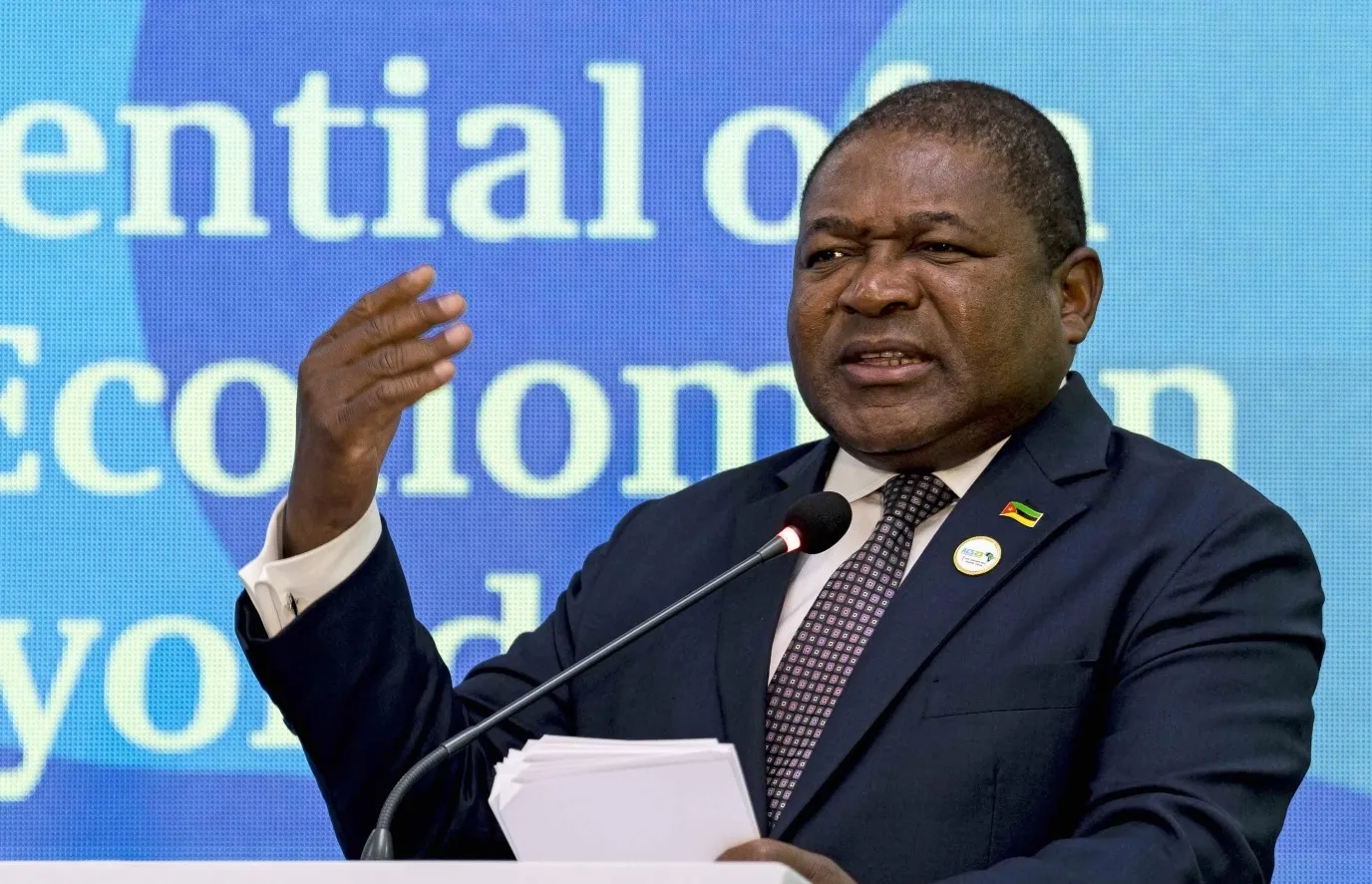Early-warning reform shifts Mozambique credit dynamics
Mozambique’s resilience strategy targets measurable sovereign-risk compression via institutional reform and enhanced disaster-response systems. GDP growth stands at 2.5% in 2025, inflation at 4.9%, and debt at 101% of GDP. EMB and AFK show tightening spreads as BZ=F and NG=F reflect LNG volatility

Mozambique’s head of state being recognised for championing multi-hazard early-warning systems is a policy signal with direct credit relevance. As of the IMF’s April 2025 baseline, real GDP growth is projected at 2.5% in calendar 2025, consumer-price inflation at 4.9%, and nominal GDP at about USD 24.7bn. General government gross debt is estimated at 101.1% of GDP in 2025 after rising from the mid-90s in 2024.
Foreign-exchange buffers are thin: gross official reserves stood near USD 4.0bn in August 2025 (net international reserves roughly USD 3.1bn), covering under four months of imports. Against this balance-sheet, lowering disaster-related output and revenue volatility is a rational way to compress the sovereign risk premium.
The transmission mechanism is concrete. Upgrading meteorological and hydrological observation, standardising alerts, and hard-wiring community response improves lead times and reduces asset and income losses during cyclones and floods. Mozambique has incurred disaster losses of several percentage points of GDP in severe years; cutting the loss intensity to a 1.5–2.0%-of-GDP band would stabilise agricultural output, curb emergency imports, and limit reconstruction borrowing.
That stabilisation tightens the link between primary balances and the debt ratio: with debt around 101% of GDP and growth at 2.5%, a sustained 1%-of-GDP improvement in the primary balance trims the debt stock by roughly 1–1.5 percentage points annually, assuming nominal growth outpaces the effective interest rate by a small margin. The same mechanism shields reserves by containing post-disaster import spikes, preserving external liquidity during tightening global dollar cycles.
Market pricing has reflected both resilience intent and LNG optionality. Mozambique’s sole USD Eurobond (ISIN XS2051203862; USD 900m due September 2031) carries a step-up coupon—5% until 2023 and 9% thereafter—lifting annual interest near USD 81m. Bid yields peaked close to 18% in April 2025, eased to about 13% in early August, and traded closer to the low-teens in October following LNG project updates.
A 100bp spread compression reduces interest by roughly USD 9m per year on the outstanding stock; while modest in absolute terms, that saving is material for a budget where interest already absorbs several percent of GDP. The policy backdrop supports the move: the Bank of Mozambique cut the policy rate by 700bp from January 2024 to 10.25% by August 2025 and lowered local-currency reserve requirements to 29% in January 2025, improving domestic liquidity while inflation remained near 4% y/y in mid-2025.
Energy project sequencing sets the growth ceiling. Coral-Sul FLNG has been exporting since 2022 at roughly 3.4 mtpa, and the authorities approved Coral Norte in April 2025 with production targeted for the latter half of 2028. The larger onshore LNG schemes remain “later-decade” dependent on security normalisation and financing.
Early-warning and disaster-response upgrades reduce execution risk along logistics corridors, improve insurability, and strengthen engineering, procurement and construction terms—an important hedge while Brent (BZ=F) and US gas (NG=F) remain volatile. Until onshore export volumes arrive, the current account will rely more on project-related FDI and concessional flows than on hydrocarbon receipts.
Peer context underscores the signal. Across sub-Saharan Africa, sovereign spread compression has followed demonstrable institutional improvements; several peers achieved 50–80bp tightening over two years after resilience or fiscal-anchor reforms. Mozambique screens as higher beta, with spreads near 900–1,000bp versus an emerging-market hard-currency composite in the 400s; credible delivery on resilience can narrow that gap.
For global allocators, the linkage is straightforward: resilience investment lowers cash-flow volatility, supports primary balances, and reduces tail-risk premia, lifting the credit from a pure LNG-headline trade toward a more durable policy story reflected in ETF proxies such as EMB and AFK.
Risks are defined and measurable. Security conditions in Cabo Delgado, institutional capacity to maintain networks, and procurement standards will determine whether resilience spending lowers risk or merely reallocates it. Forward validation is numeric and time-bound: by end-2026, keep the 2031 Eurobond yield below 12% on a sustained basis; by 2027, push disaster-related budget outlays below a three-year rolling average of 1.5% of GDP; by 2026, record at least USD 2bn of LNG-related capex drawdowns; by 2028, lift real non-extractive growth above 3% while headline inflation stays near 5%. Meeting these thresholds would confirm that early-warning advocacy is translating into tighter spreads, steadier funding conditions, and a more resilient macro path.





